The importance of designing residential experiences that engage all the senses.
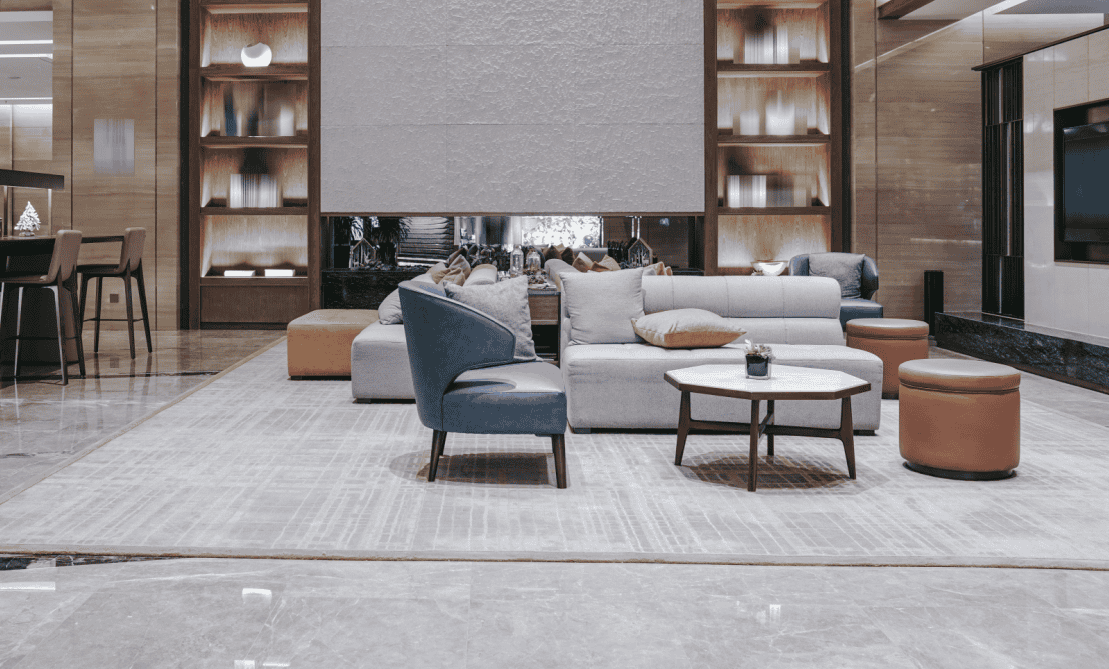
From First Impression to Lasting Residents
From retail to hospitality to health care to office settings, aesthetics are only part of the design picture. Architects and designers increasingly focus on the experience customers, residents, guests, workers, and other occupants have as they interact with spaces.
If your customer is a resident who lives their life in your product, experience is even more significant. Alison Mills, senior vice president of design and development for CRG, a national real estate development and investment firm, discusses how design in student and multifamily residential spaces can enhance resident experiences and contribute to enjoyment, health, and well-being.
First Impressions Matter
CRG realizes the crucial role design plays in the decision to rent or purchase a place. “You should design a beautiful product that continues to sell itself to residents, but that first impression is super important,” Mills explains. “We think in terms of a tour path for the prospective resident, how they’re going to experience the building for the first time.”
Adding a human element can enhance those early moments, Mills adds. “Say you’re a prospective tenant coming in to tour this building. When you first step in the door, it’s meaningful to have a visual connection to another person, who greets you so you feel like you’re in the right place. You want to feel immediately comfortable in the space.”
Engage All Senses
Designing for resident experiences is about more than visuals. Consider engaging all senses, Mills says: “What’s the feel of the door handle when they enter a space?”
Scent machines with custom scents can enhance common areas and create affinity in residents. “That consistency and familiarity—‘coming home smells like this’—has a lot of potential.”
Sound systems that provide background music in amenity spaces can make residents feel at home. Mills’ company is also exploring providing white noise in study areas or co-working lounges to help reduce sound transfer from room to room and add a layer of privacy to resident conversations in open areas.
Prioritize Wellness and Mental Health
Design can have a profound impact on the physical and mental well-being of residents, with many interconnected factors.
Physical fitness. “Particularly in student housing, we place a huge emphasis on the design and quality of the fitness center and gym,” Mills says. For instance, “on-demand classes in the gym for residents who can’t make it to a scheduled session lets them connect their phone to a piece of equipment and take it anytime.”
Connection to nature. “We try to bring in greenery into spaces, particularly if it doesn’t get much natural sunlight.” Windows and skylights can maximize daylight exposure, improving moods, sleep, and focus.
Free Rental Application
Get 20 Rental Forms for FREE, including a rental application.
Remote worker well-being. “Since the pandemic, many people still work or study independently at home. But you don’t want to be too alone. What we like to say is you want to be alone together. Tenants want to feel like they’re still in a community. Instead of working in their apartment, they can come down to a co-working space that’s functional but lets them connect with neighbors.”
Community interaction. “Instead of having a standard checklist of amenities, the best projects look to cities for what spaces people want to be in and apply them to developments. For instance, a lobby space could evolve to include a restaurant or coffee shop.”
Revise and Adapt
“With each project we’re becoming more empathetic developers,” Mills says. Staying in touch with your target resident—and other properties they’re looking at—helps uncover what’s working well and what’s not. “Being an expert on comps and the market is crucial. So is having conversations with actual tenants.”
That philosophy applies to new builds and existing properties. “If a space isn’t getting used as intended, how can we change it? A lot of ‘Zoom rooms’ (individual work pods) built in the pandemic could be converted to open space or into rooms for more people. Think about equipment that could be provided, ways to program the space so it’s more functional.”
“Residents are very sophisticated; they tour competitive properties,” Mills reminds us. “Designing with them in mind—creating a memorable first impression and a well-designed environment that’s responsive to their needs and enhances their quality of life—is the ultimate goal of every project.”
Source: Multifamily Executive


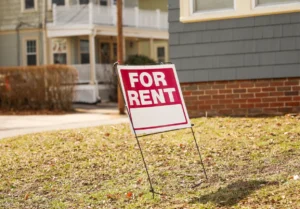
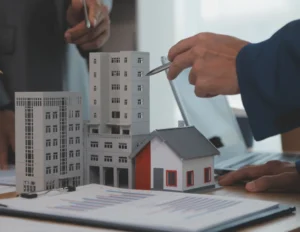
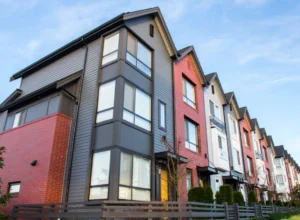


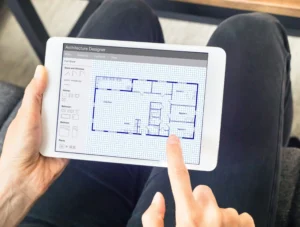
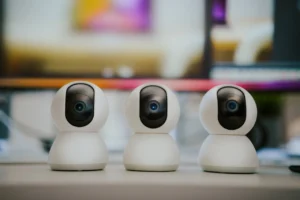




 Accessibility
Accessibility